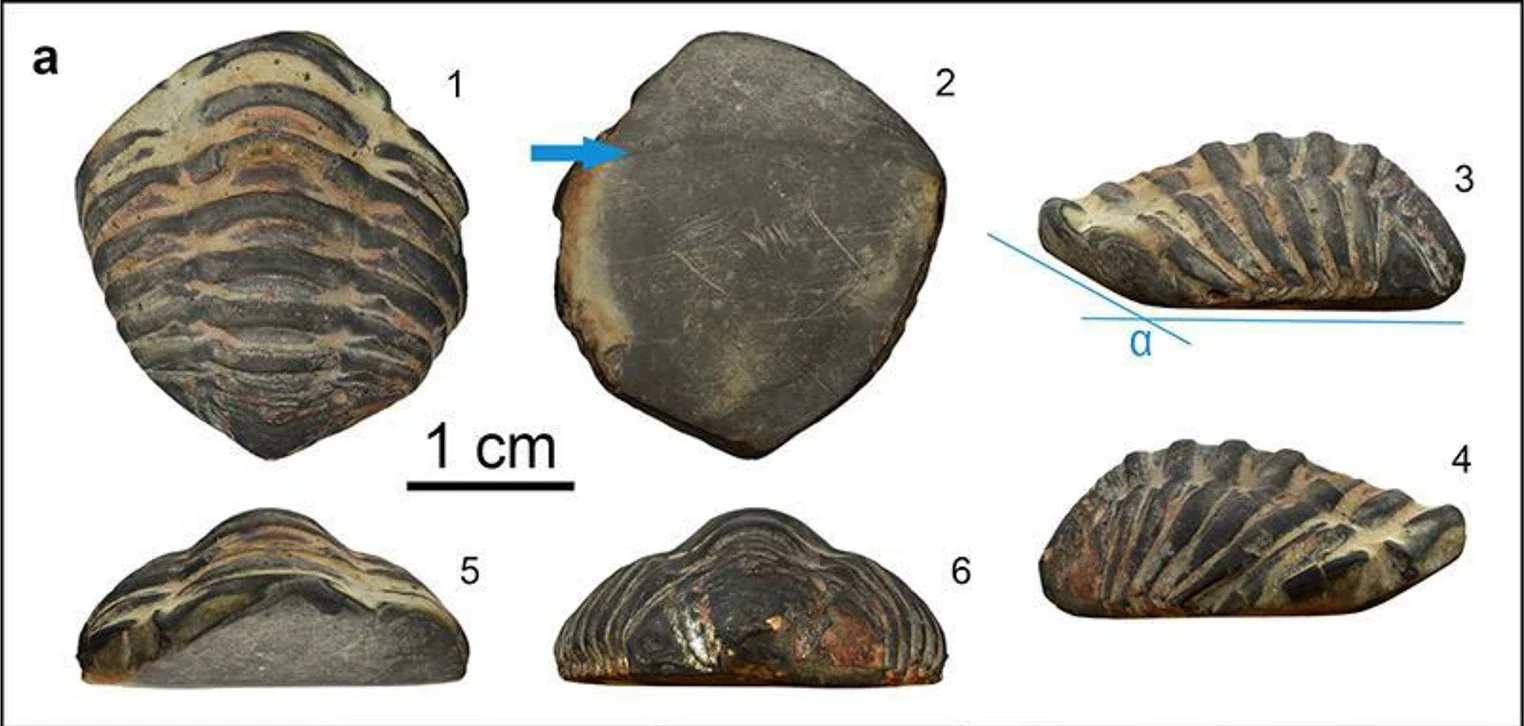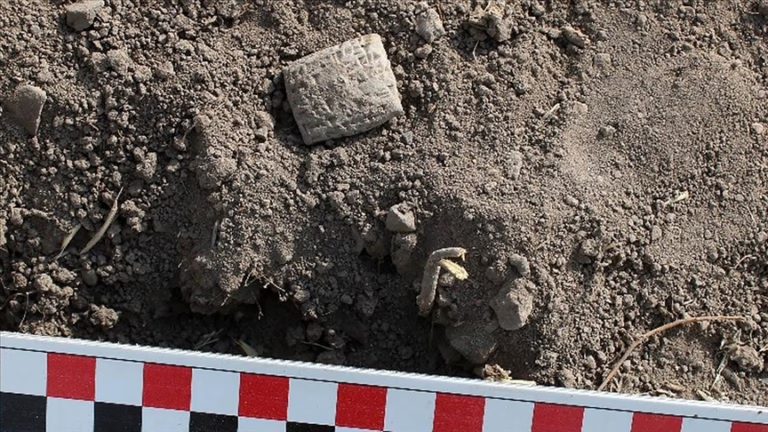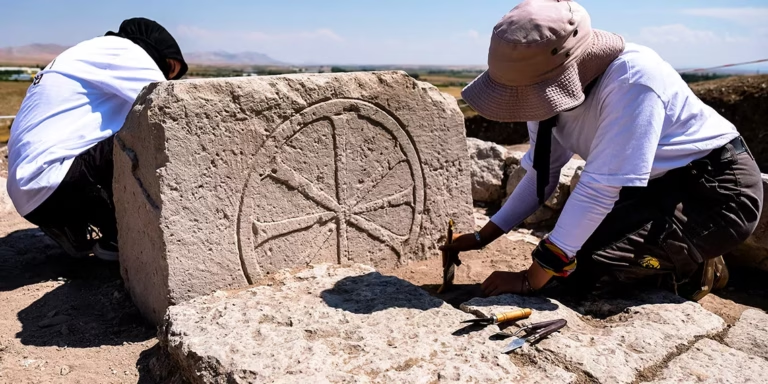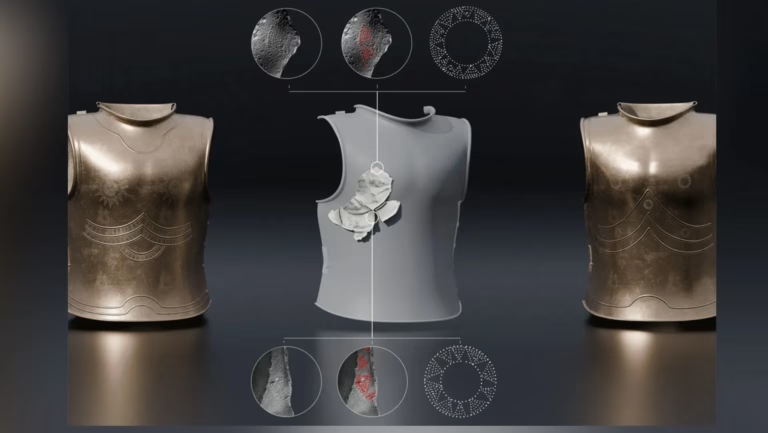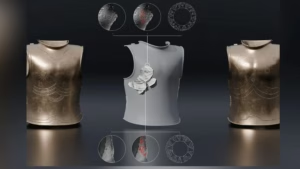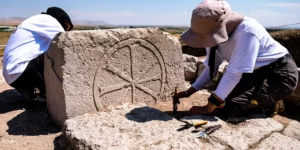A groundbreaking archaeological discovery in northwestern Spain has revealed that ancient Romans may have worn fossilized trilobites as protective or symbolic amulets. The object, dating between the 1st and 3rd centuries CE, is the first known case of a trilobite fossil being modified and integrated into Roman material culture, offering new insights into Roman spirituality and their connection to nature.
A 400-Million-Year-Old Fossil in a Roman Home
The fossil, identified as an Ordovician trilobite of the Colpocoryphe genus, was discovered at the Roman site of A Cibdá de Armea in Galicia. Remarkably, it wasn’t found in a scientific context, but inside a Roman domestic structure—surrounded by typical artifacts like pottery, coins, animal bones, and glass.
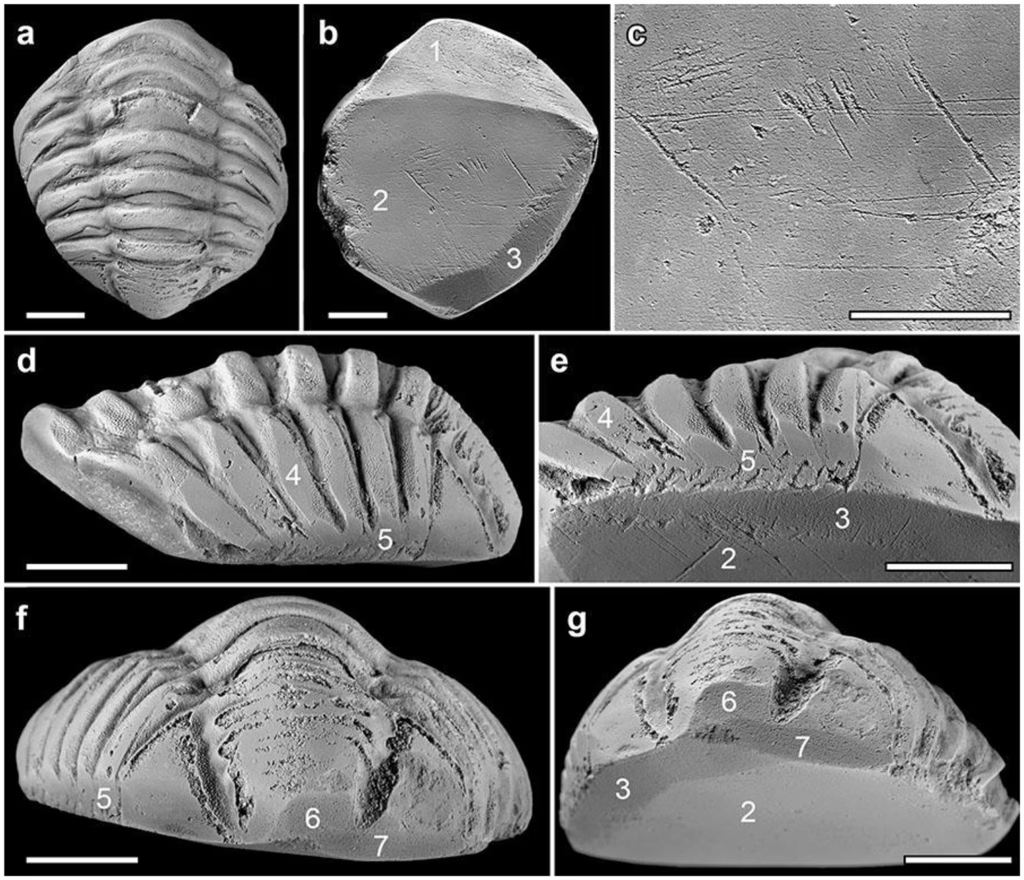
What makes this trilobite unique is the human-made modifications: seven ground facets on its underside suggest it was shaped to be worn—likely as an amulet, pendant, or ritual object.
A Journey Across Roman Hispania
Geochemical tests show the trilobite originated from central Spain’s Toledan or Ibor formations, over 430 kilometers from where it was unearthed. This suggests it was intentionally transported—possibly through Roman trade routes, or as a treasured personal item.
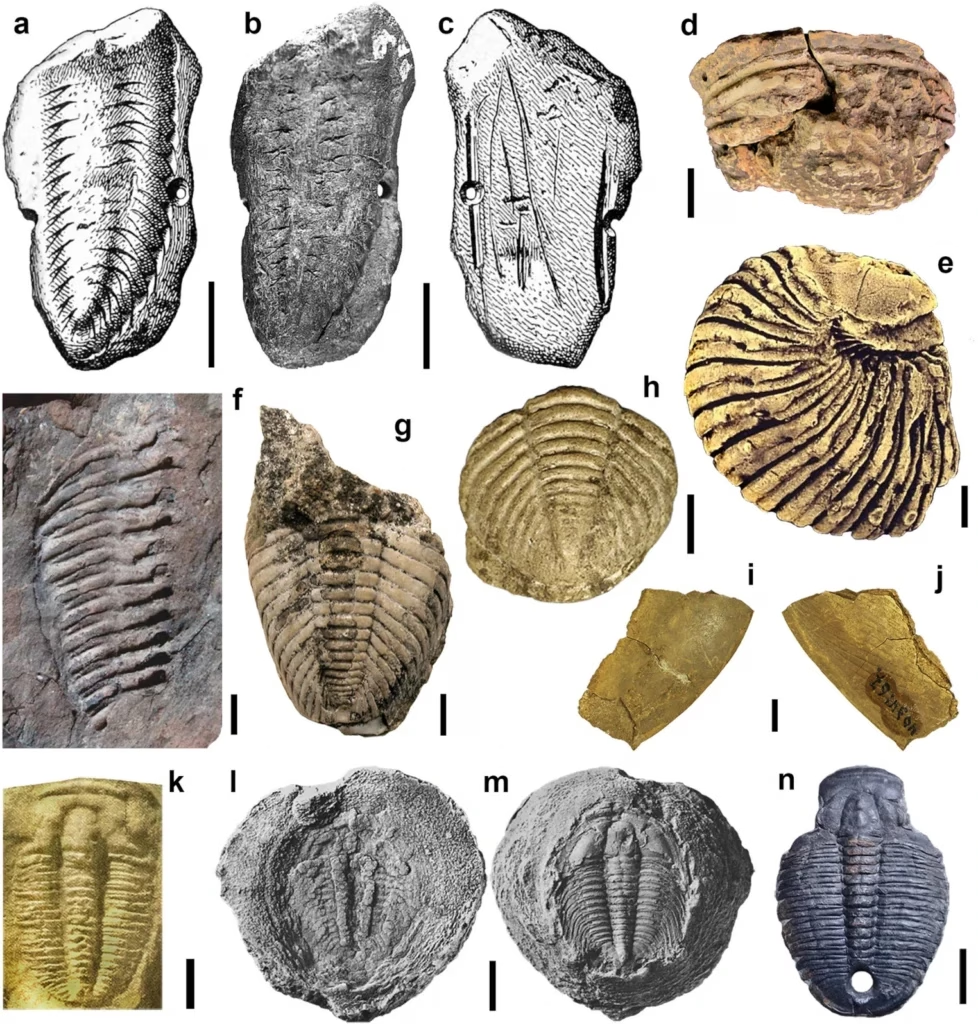
Researchers believe the fossil wasn’t valued just for its appearance, but for spiritual or symbolic reasons—a common view in Roman religion regarding rare natural objects.
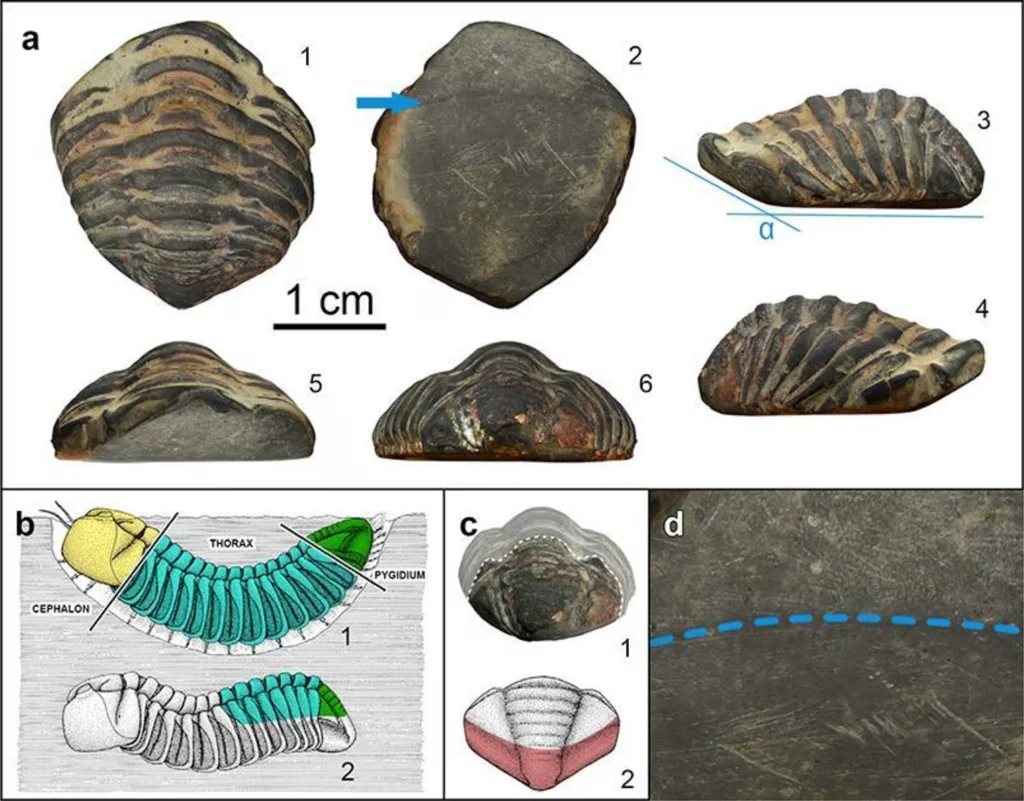
Romans and the Magic of Nature
Throughout Roman history, unusual natural materials were believed to hold magical or protective powers. From amber and crystals to animal bones and exotic stones, these items were used in healing, divination, and personal rituals. This trilobite fossil now joins that list—an ancient marine creature repurposed by the Roman imagination.
“This is not merely a curiosity—it’s a powerful example of how ancient people attributed meaning to the remnants of Earth’s deep past,” said Dr. Adolfo Fernández-Fernández, the study’s lead author.
Rewriting Human-Fossil History
This find pushes back the timeline of human interaction with fossils—showing that people in classical antiquity didn’t just stumble upon ancient remnants, but recognized their uniqueness and repurposed them with meaning. It’s the earliest known case of a fossil invertebrate being intentionally modified in human history.
Fernández-Fernández, A., Valle-Abad, P., Rodríguez -Nóvoa, A.A. et al. Significance of fossils in Roman times: the first trilobite find in an early Empire context. Archaeol Anthropol Sci 17, 166 (2025). https://doi.org/10.1007/s12520-025-02266-8
Cover Image Credit: Fernández-Fernández et al., Archaeological and Anthropological Sciences (2025). https://doi.org/10.1007/s12520-025-02266-8
